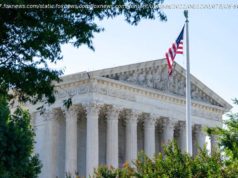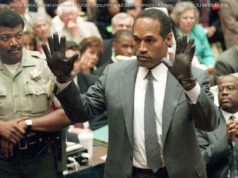Cases are rising in all but nine states. Unlike the past two waves, this one has no epicenter.
Editor’s Note: The Atlantic is making vital coverage of the coronavirus available to all readers. Find the collection here. The United States is sleepwalking into what could become the largest coronavirus outbreak of the pandemic so far. In the past week alone, as voters prepare to go to the ballot box, about one in every 1,000 Americans has tested positive for the virus, and about two in every 100,000 Americans have died of it. This third surge is far more geographically dispersed than what the country saw in the spring or summer: The coronavirus is at risk of careening out of control, and it can be found in every kind of American community, from tiny farm towns to affluent suburbs to bustling border cities. This is the first of the American surges with no clear epicenter: From North Carolina to North Dakota, and Colorado to Connecticut, more Americans are contracting COVID-19. The United States now reports nearly 60,000 new cases every day, numbers previously seen only during the peak in July and early August, according to the COVID Tracking Project at The Atlantic. Since the middle of September, the number of new cases diagnosed each day has swelled by 73 percent. The number of Americans hospitalized has increased by at least 40 percent. True to its pandemic response so far, the White House has not mounted an effort to stop this spike. Donald Trump has not spoken to the nation or pushed forward a strategy to address a third surge. And both the president and Vice President Mike Pence are holding crowded in-person rallies in some of the same states—such as Iowa, Pennsylvania, and Indiana—now seeing surges. In the next two weeks, yet more Americans will fall ill, in numbers that are certain to make this an Election Day unlike any other. If the country’s medical and political crises were ever separate, they are not now. The third surge has belied some of Trump’s predictions about the pandemic. The president has repeatedly said that only states led by Democrats have struggled with the virus. “If you take the blue states out, we’re at a level that I don’t think anybody in the world would be at,” he said at a press conference last month. Since then, coronavirus infections have skyrocketed in rural America. The number of people hospitalized with COVID-19 has more than tripled in North Dakota, Montana, and Wisconsin. It has roughly doubled in South Dakota, Utah, Indiana, and Ohio. But describing what’s happening now as simply a red-state surge would be too pat. Cases are now rising in all but nine states—meaning this surge is more widespread, and harder to explain, than either of the earlier waves. It may end up being less deadly, however: The United States now runs many more tests than it could in March and April, and people who are hospitalized with the virus are less likely to die. At the same time, the virus’s long-term complications, which might range from respiratory disability to cognitive decline, now seem more ominous. What’s happening now might be best understood as three smaller types of outbreaks. You could call them the rural explosion, the swing-state surge, and the fatigue creep.






